Soil Amendments for Heirloom Tomatoes: A Regional Breakdown
Growing heirloom tomatoes successfully requires more than just sunshine and water. Healthy, fertile soil is the foundation for robust plants and delicious, flavorful fruit. But “fertile” doesn’t mean the same thing everywhere. The best soil amendments for your heirloom tomatoes depend heavily on your regional soil conditions. This guide will break down the common soil challenges faced in different climates and provide targeted amendment recommendations to help your heirloom tomatoes thrive. Understanding your soil’s specific needs is the first step towards a successful and rewarding tomato harvest.
Understanding Your Soil: The First Step
Before adding anything to your soil, it’s crucial to understand what you're working with. A simple soil test is invaluable. You can purchase DIY kits or send a sample to a local agricultural extension office. The results will tell you the pH, nutrient levels (nitrogen, phosphorus, potassium), and organic matter content of your soil. This information is the key to knowing exactly what your soil needs. For those in the arid Southwest, successfully growing tomatoes like the celebrated German Johnson tomatoes often hinges on addressing alkaline soil conditions and water scarcity – something we're going to cover in more detail.
However, even without a formal test, you can observe your soil. Is it sandy and drains quickly? Clay-like and compacted? Rocky? These observations will give you clues about what’s needed. The texture and smell of your soil can also offer insights – dark, rich soil generally indicates higher organic matter, while a sour smell can point to acidity.
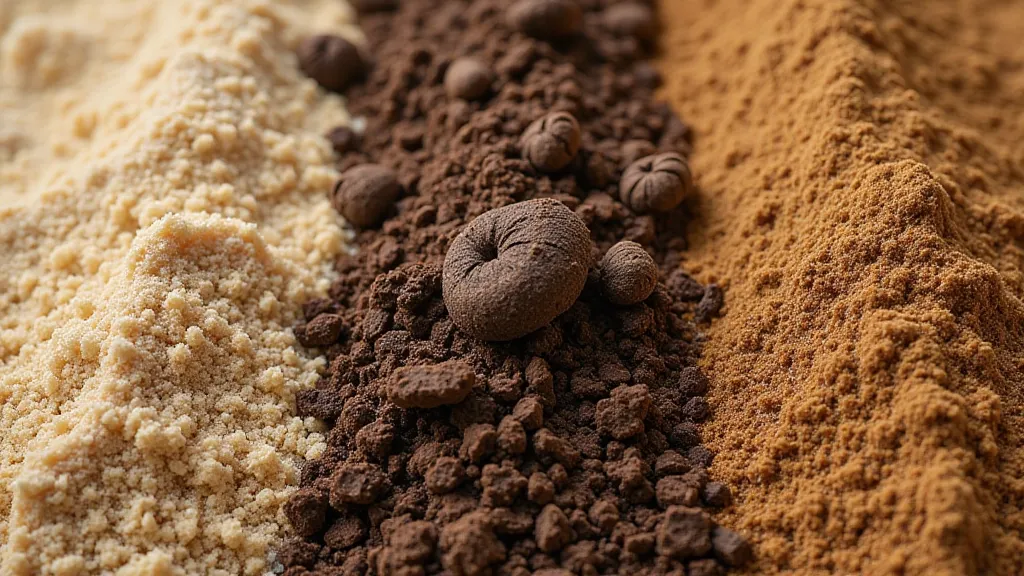
Regional Soil Challenges & Solutions
Northeast & Midwest: Cool Climates & Clay-Heavy Soils
Soils in the Northeast and Midwest are often clay-heavy, meaning they retain a lot of water and can be poorly drained. This can lead to root rot and other fungal diseases. They also tend to be somewhat acidic. The dense clay can make it difficult for roots to penetrate, hindering nutrient uptake. Proper amendment is essential for creating an environment conducive to strong root development. For some heirloom varieties, like the beloved San Marzano tomatoes, the Northeast’s climate demands careful attention to pH balance.
- The Problem: Poor drainage, compaction, acidity.
- Amendments:
- Compost: Adds organic matter to improve drainage and aeration. Compost is a gardener's best friend, offering a wide range of benefits.
- Well-rotted manure: Similar benefits to compost, but use sparingly to avoid excessive nitrogen. Be sure to age manure properly to prevent burning plants.
- Lime: To raise the soil pH (if your test indicates it's too acidic). Apply based on test recommendations. The appropriate amount of lime varies based on the initial soil pH and the desired outcome.
- Coarse Sand/Perlite: To improve drainage in very heavy clay. Use caution; adding too much sand without sufficient organic matter can create a "concrete-like" mixture.
The Southeast often has sandy soils, which drain rapidly but lack nutrients. The warm, humid climate also promotes leaching – the loss of nutrients through watering and rainfall. This rapid leaching can necessitate more frequent fertilization. Many gardeners in the Southeast have found success with specific heirloom varieties, a secret shared through generations as a Hillbilly tomato cultivation practice.
- The Problem: Poor nutrient retention, rapid drainage, potential for acidity.
- Amendments:
- Compost: Essential for improving water and nutrient retention. Regular applications of compost build soil health over time.
- Peat Moss: Helps retain moisture and adds organic matter. Consider sustainable alternatives to peat moss, as peat harvesting has environmental impacts.
- Slow-release fertilizer: To provide a steady supply of nutrients. Slow-release fertilizers are particularly useful in sandy soils where nutrients are easily leached.
- Worm castings: A natural fertilizer and soil conditioner. Worm castings are rich in beneficial microbes that enhance plant growth.
Southwest: Arid Climates & Alkaline Soils
The Southwest often faces alkaline soil conditions (high pH) and limited water. This makes nutrient availability a challenge for tomatoes, which prefer slightly acidic soil. Addressing these challenges is crucial for a successful harvest in this region. Proper watering techniques and soil amendments are vital. Cultivating varieties like the German Johnson tomato requires a deep understanding of the desert's unique soil conditions and water conservation strategies.
- The Problem: High pH, nutrient deficiencies (especially iron), water scarcity.
- Amendments:
- Sulfur: To lower the soil pH. Apply carefully based on test recommendations. Elemental sulfur is converted to sulfuric acid by soil microbes, gradually lowering the pH.
- Compost: To improve water retention and overall soil health. Compost helps bind soil particles, improving water infiltration and retention.
- Mulch: To conserve moisture and suppress weeds. Organic mulches, like straw or wood chips, also add nutrients to the soil as they decompose.
- Organic matter (well-rotted manure, leaf mold): To improve soil structure and water retention. These materials improve the soil's ability to hold water and nutrients.
The Pacific Northwest generally has fertile soils, but can still benefit from amendments to optimize conditions for heirloom tomatoes. They often face slightly acidic conditions and can be prone to compaction. While the soil is generally healthy, careful management is key to avoiding issues. While often blessed with fertile soil, vigilance against compaction and fungal issues is vital for maximizing yield.
- The Problem: Potential for acidity, compaction, potential for fungal diseases due to humidity.
- Amendments:
- Compost: Always beneficial for improving soil structure and aeration. Compost is a cornerstone of healthy soil.
- Lime: (if needed based on soil test) to adjust pH. Regular soil testing is crucial in this region.
- Well-rotted manure: To add nutrients and improve soil structure. Manure provides essential nutrients for plant growth.
- Aeration: Consider core aeration to alleviate compaction. Compaction hinders root growth and water infiltration.
Important Considerations
- Soil Test is Key: Always base your amendments on a soil test whenever possible. A soil test provides valuable information about your soil's pH and nutrient levels.
- Start Slow: Don’t over-amend your soil. It’s better to add a little at a time and monitor the results. Over-amending can disrupt the soil's natural balance.
- Organic Matter is Your Friend: Adding organic matter to your soil is almost always beneficial, regardless of your region. Organic matter improves soil structure, water retention, and nutrient availability.
- Observe Your Plants: Pay attention to how your tomato plants are growing. Yellowing leaves, stunted growth, or blossom end rot can all be signs of nutrient deficiencies or pH imbalances. Careful observation is key to early detection and correction.
- Water Management is Critical: Proper watering techniques are essential for preventing root rot and nutrient leaching, particularly in sandy and humid climates. Consider drip irrigation or soaker hoses to deliver water directly to the roots.
By understanding the unique challenges of your regional soil and tailoring your amendments accordingly, you're setting the stage for a bountiful harvest of delicious heirloom tomatoes. Experimentation and observation are key to fine-tuning your approach and achieving the best possible results for your specific tomato varieties and growing conditions.
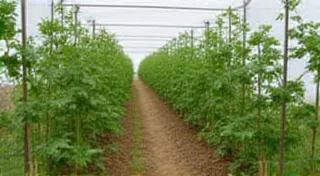
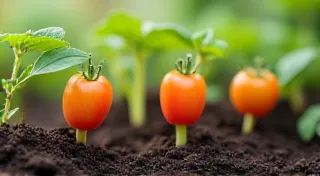
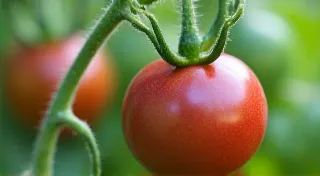
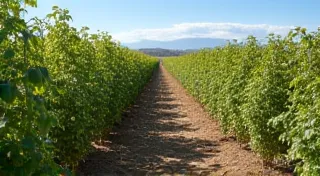
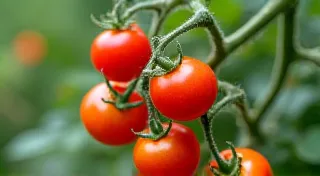
![Tomato Variety Comparison: Best Performers in [Region]](/thumbs/tomato-variety-comparison.webp)